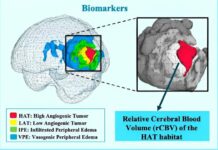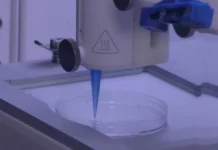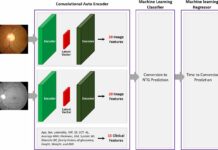Using lasers and gold nanoparticles, researchers have managed to temporarily cross the blood-brain barrier and deliver medications to the brain.
The blood-brain barrier is extremely detrimental to the functioning of the central nervous system. كيف تربح المال من الانترنت مجاناً This semipermeable membrane only allows the passage of selective ions, nutrients and larger molecules such as glucose and amino acids into brain tissue. 1xbet.com Thus, helping prevent infections, and maintaining constant levels of nutrients and hormones in the brain. However, the membrane’s competency is an hinderance to delivering drugs targeting the brain such as those for brain tumors and neurological disorders. Therefore, researchers at the University of Texas at Dallas have developed a technique involving lasers and gold nanoparticles that allows medications to cross the blood-brain barrier.
Approaches to increase blood-brain barrier [BBB] permeability are essential to advance therapeutics for central nervous system diseases. – Xiaoqing Li, study author
The team published their findings in the journal Nano Letters.
Laser Light Creates Temporary Openings
The technique involves injection of gold nanoparticles into the bloodstream. Next, pulses of transcranial laser illumination help activate these nanoparticles. This creates a tiny mechanical force that causes temporary openings in the tight junctions between the cells lining the cerebral blood vessels. Thus, allowing researchers with an opening through the blood-brain barrier for delivery of various therapeutics.
We demonstrated that the BBB permeability can be modulated without significant disruption to the spontaneous vasomotion or the structure of the neurovascular unit. لعبة روليت اون لاين – Dr. Qi Cai, study author
Moreover, the technique did not cause any damage to the barrier. Nor did it lead to any vasomotion, that is constriction and dilation of blood vessels. Therefore, demonstrating a safe alternate for drug delivery to the brain.
The team has tested their method for delivering various therapeutics including gene therapies, liposomes, and antibodies. According to study authors, the technique can likely help treat tumors, neurodegenerative diseases, and even aid stroke rehabilitation. However, further testing is needed before it can be implemented in humans.
Study author Dr. Zhenpeng Qin and his team are currently conducting investigating whether their technique can help treat glioblastomas in adults.
Reference:
Nano Lett. 2021, 21, 22, 9805–9815
Publication Date: September 13, 2021
https://doi.org/10.1021/acs.nanolett.1c02996




